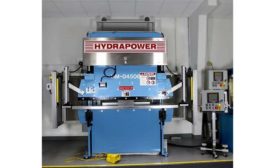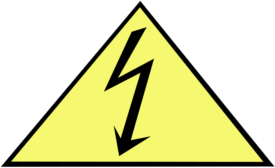Home » accident prevention
Articles Tagged with ''accident prevention''
Preliminary estimates: Motor vehicle deaths plateaued in 2017, but still up 6% from 2015
NSC preliminary figures show fatalities topped 40,000 for the second straight year
February 15, 2018
Never miss the latest news and trends driving the safety industry
eNewsletter | Website | eMagazine
JOIN TODAYCopyright ©2024. All Rights Reserved BNP Media.
Design, CMS, Hosting & Web Development :: ePublishing








